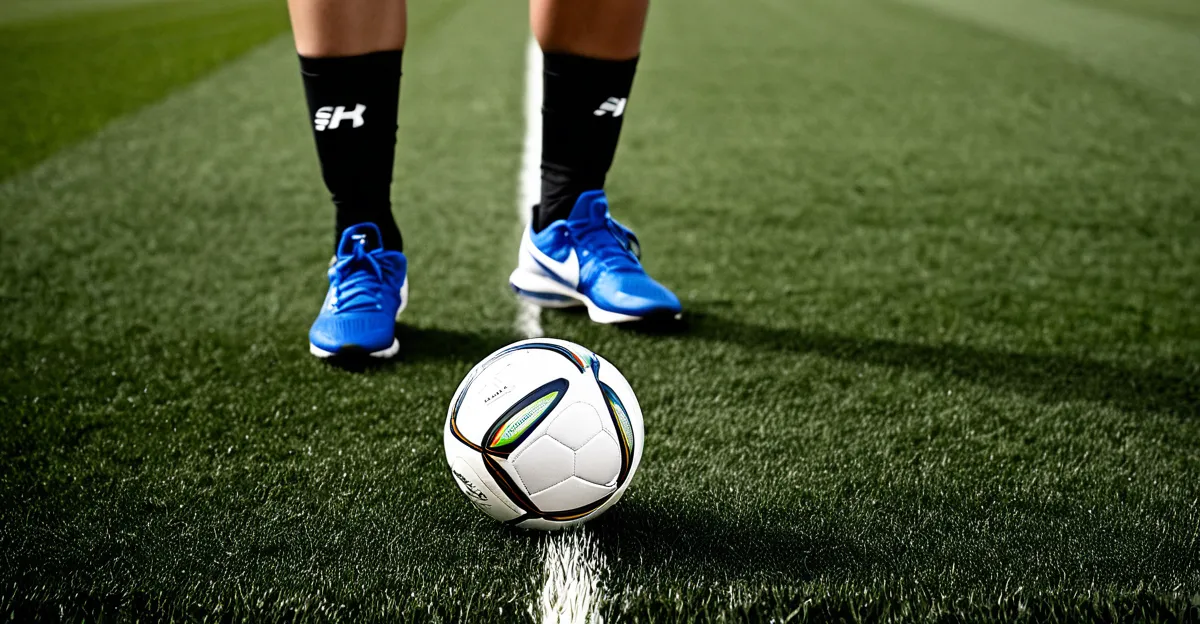Key barriers to gender equality in UK sports
When exploring gender equality in UK sports, several significant challenges emerge as persistent barriers. One of the most prominent issues is the pay disparity and financial inequalities experienced by female athletes compared to their male counterparts. Women athletes frequently earn less prize money, endorsements, and sponsorship deals, which directly impacts their professional growth and financial security.
Another critical challenge is the underrepresentation of women in leadership and decision-making roles within sports organizations. This lack of female leadership limits diverse perspectives in the governance and development of sports and reinforces existing gender biases in the industry. It also means fewer role models and advocates to push for systemic changes that would promote equality.
In parallel : What are the latest trends in UK sports broadcasting?
Additionally, limited access to resources and facilities acts as a substantial obstacle for female athletes. Women often have fewer opportunities to train in high-quality environments and may lack access to the same level of coaching and support programs as male athletes. This resource gap stifles the development of talent and diminishes the competitive edge of women’s sports at all levels.
Addressing these current barriers is essential to fostering an environment where all athletes have equitable opportunities to excel. More equitable pay structures, increased representation in leadership, and improved resource allocation are key areas requiring focused attention to advance gender equality in UK sports.
Have you seen this : What is the future of eSports in the UK sports landscape?
Media coverage and public perception
Media representation plays a crucial role in shaping public attitudes toward gender equality in UK sports. A significant challenge lies in the persistent disparity in coverage between men’s and women’s sports. Female athletes often receive far less attention in mainstream sports media, resulting in limited visibility and recognition. This imbalance reinforces the notion that women’s sports are less important or less exciting, which in turn affects audience interest and commercial investment.
Gender stereotypes frequently color sports reporting. Women athletes are sometimes portrayed through biased lenses that emphasize appearance or personal lives over athletic achievements. These stereotypes undermine the professionalism of women in sports and contribute to the ongoing marginalization. For instance, media narratives may focus on femininity and behavior rather than skill and performance, which subtly discourages deeper engagement with women’s sports.
The influence of media portrayal extends to public perception. Limited and skewed coverage shapes how fans, sponsors, and broadcasters view women’s sports, often perpetuating the idea that female athletes are less competitive or commercially viable. Improving media representation by increasing coverage frequency, highlighting athletic accomplishments, and challenging stereotypes is essential to shift public attitudes. Enhancing exposure not only benefits athletes but also encourages broader societal support for gender equality in UK sports.
Funding, resources, and opportunities
Disproportionate funding in UK sports remains a core challenge undermining gender equality in UK sports. Women’s teams and female athletes often receive significantly less financial support through sponsorships and grants compared to their male counterparts. This funding gap leads to fewer opportunities for women to access high-quality coaching, training facilities, and development programmes, which are crucial for athletic performance and career progression.
Inequitable resource allocation means women’s sports frequently lack the infrastructure and support systems afforded to men’s sports. For example, female athletes may struggle to secure use of premium training venues or specialized coaching staff, directly affecting preparation and competitive success. This disparity also influences grassroots participation; limited funding reduces outreach and development initiatives aimed at encouraging girls and young women to engage in sports early on.
Athlete support systems tailored to female competitors are often underdeveloped, impacting their long-term career sustainability. The absence of targeted programs hinders skill development and reduces pathways for women to transition from amateur to professional levels. Addressing these current barriers in funding and resources is critical to creating a balanced competitive environment, fostering equitable athlete development, and boosting women’s representation in UK sports at all levels.
Regulatory, policy, and cultural challenges
The effectiveness of UK sports policy on gender equality faces notable limitations that contribute to ongoing challenges. While frameworks and initiatives exist to promote gender equality in UK sports, the implementation gaps often weaken their impact. Policies may set ambitious targets for female participation and leadership but lack robust enforcement mechanisms, allowing disparities to persist. For example, regulatory standards for equal pay or facility access can remain aspirational rather than obligatory, slowing tangible change.
Cultural attitudes also play a significant role in hindering progress toward gender equality in UK sports. Traditional views and long-standing stereotypes about women’s roles in sport often clash with policy goals, reinforcing existing barriers. Deep-rooted perceptions that men’s sports are inherently more competitive or commercially viable shape behaviors across organizations and fan bases, making it difficult for equality measures to take full effect. These cultural norms influence everything from grassroots engagement to elite competition and leadership representation.
In addition, legislative barriers sometimes constrain rapid advancement. While gender equality laws exist, their scope may not fully cover the sports sector’s unique challenges or may be inconsistently applied. This results in insufficient protection against discrimination or fails to mandate resource allocation and media representation reforms. Addressing these regulatory and cultural shortcomings requires coordinated efforts between policymakers, sports bodies, and wider society to create an environment where equality initiatives can thrive and overcome current barriers effectively.
Recent progress and ongoing initiatives
Recent initiatives for gender equality in UK sports have begun to address some entrenched challenges, creating momentum for change. Examples of successful initiatives include targeted campaigns to increase female participation in traditionally male-dominated sports, as well as programs designed to boost visibility and support for women’s sports at all levels. These efforts often involve partnerships between governing bodies, grassroots organizations, and sponsors committed to equity.
Policy changes reflect this positive trajectory, with new frameworks mandating increased investment in women’s sports and encouraging more balanced representation in leadership roles. For instance, some UK sports organizations have introduced quotas or targets to improve gender parity in coaching and governance. These measures signal institutional recognition of existing disparities and a commitment to concrete action.
Expert insights emphasize the value of sustained focus and collaborative approaches in advancing equality. Specialists in sports management and gender studies highlight that initiatives succeed when they combine financial backing with cultural shifts, educational programs, and consistent media coverage. They also recommend ongoing monitoring and evaluation to ensure that policies translate into meaningful outcomes.
Together, these ongoing initiatives and expert recommendations illustrate a promising evolution toward greater gender equality in UK sports, although continued effort is necessary to overcome the current barriers fully.

